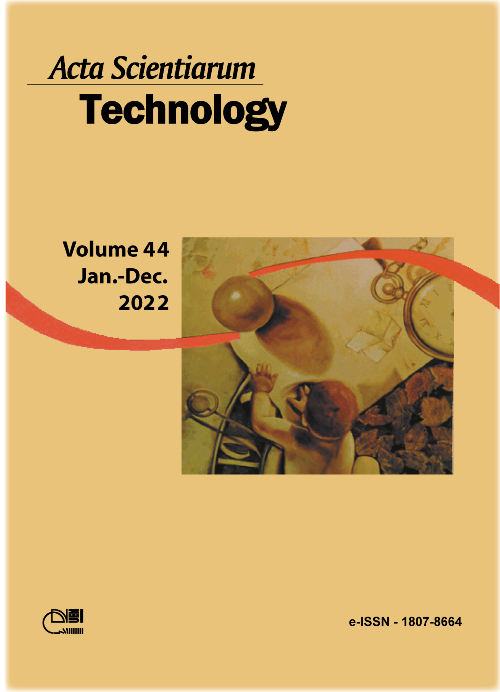Criteria to assess the flow of cement-stabilised self-compacting earth
DOI:
https://doi.org/10.4025/actascitechnol.v44i1.58796Keywords:
construction material; sustainability; soil-cement; earthen construction.Abstract
The cement-stabilised self-compacting earth (CSCE) is composed of the mixture of soil, cement, water and superplasticiser admixture and has a suitable physical-mechanical behavior for application as a construction and building material. There are no guidelines or specific standards for the characterization tests of CSCE in the fresh state. Thus, the study determined criteria to assess the flow of CSCE for application in monolithic wall. The dosage of CSCE mixtures was evaluated to achieve minimum mechanical strength for use in earthen construction; selecting the fluidity ranges of the CSCE mixtures by means of the liquid limit of soils and the linear shrinkage test, and the application of the physical tests: Slump Test, Slump Flow and Flow Table in the fresh state of CSCE mixtures. The results indicated that soils with predominant sandy or clayey characteristics are compatible to obtain a stable CSCE. The adapted Slump Flow test is recommended to assess the fluidity of CSCE and the range of 320-460 mm for the spread diameter of the mixtures is an adequate criterion for guaranteeing the occurrence of the necessary flow of the CSCE mixture without segregation and exudation in the fresh state.
Downloads
References
Downloads
Published
How to Cite
Issue
Section
License
DECLARATION OF ORIGINALITY AND COPYRIGHTS
I Declare that current article is original and has not been submitted for publication, in part or in whole, to any other national or international journal.
The copyrights belong exclusively to the authors. Published content is licensed under Creative Commons Attribution 4.0 (CC BY 4.0) guidelines, which allows sharing (copy and distribution of the material in any medium or format) and adaptation (remix, transform, and build upon the material) for any purpose, even commercially, under the terms of attribution.
Read this link for further information on how to use CC BY 4.0 properly.











8.png)




